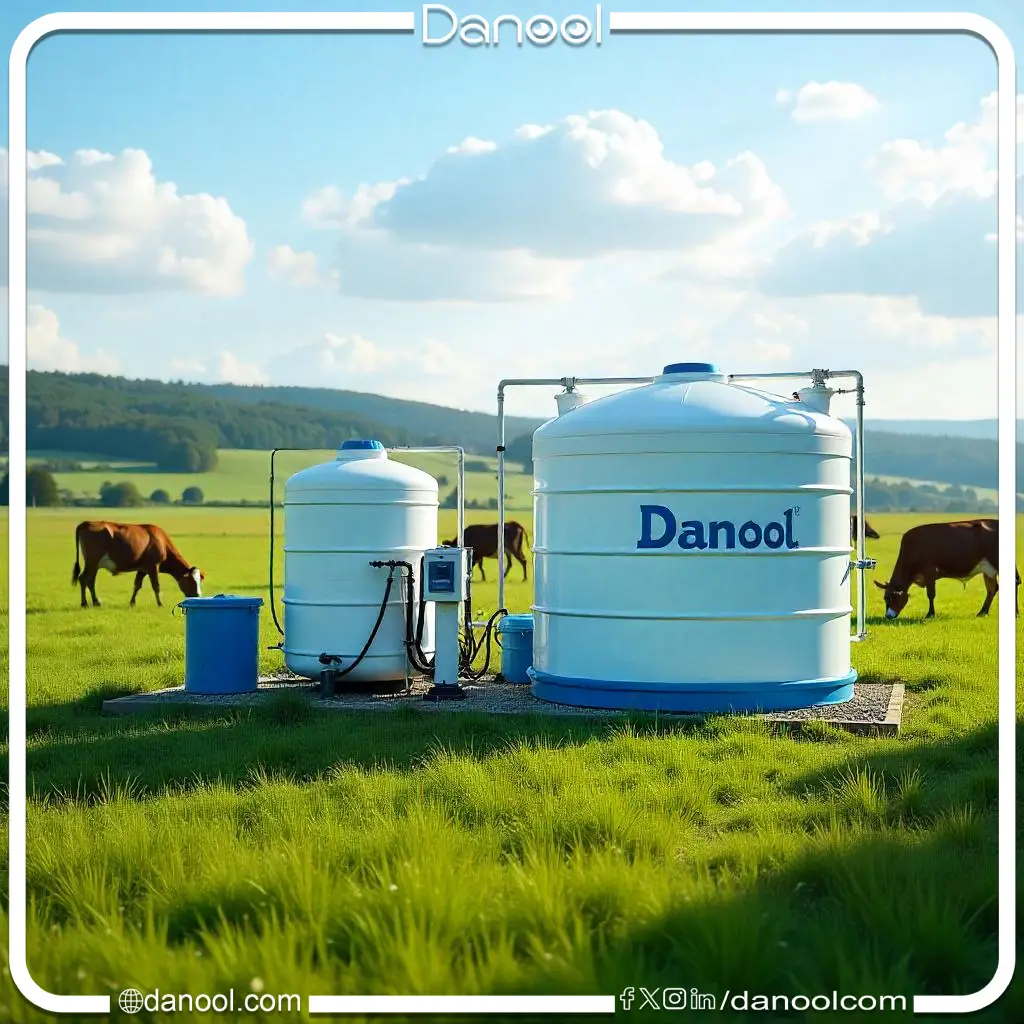The introduction
Water is one of the most essential natural resources that humans rely on in their daily lives. With the increasing challenges the world faces in providing clean and safe water, many wonder about sustainable solutions that can offer pure water at a lower cost, while considering both environmental and economic aspects. Among the promising solutions is "small desalination plants," which may be the optimal answer to current challenges. In this article, we will explore the importance of clean water, the challenges in its provision, and how small desalination plants can help provide pure water at affordable prices, with a focus on eco-friendly and economical local solutions.
The importance of clean water
Clean water is the foundation of life. It is essential not only for drinking but also for agriculture, industry, and personal hygiene. However, with the increasing population and human activities, natural water sources are being threatened by pollution and depletion. According to international reports, more than 2 billion people around the world lack access to clean drinking water, putting them at risk of waterborne diseases.
In addition, climate change contributes to water scarcity in some regions, further complicating the task of providing clean water sustainably. Therefore, technological innovations such as small desalination plants are promising solutions to meet water needs in areas suffering from water shortages.
Challenges in providing clean water
The main challenges in providing clean water lie in several aspects, most notably:
- PollutionChemical and biological pollution of water sources such as rivers and lakes leads to water contamination, making it unfit for human consumption.
- Freshwater shortageIn some areas, there is a severe shortage of fresh water sources due to drought, climate change, and increased water consumption.
- Costly infrastructureLarge water purification plants require massive investments in infrastructure and technology, which makes the cost of consumed water high in many places.
- Unequal distributionMany rural and remote areas face difficulty in accessing clean water due to weak or missing infrastructure.
Small desalination plants: The local solution
The increasing demand for fresh water has led to the development of various techniques for water desalination, including small desalination plants that use integrated and advanced technologies to convert salty or contaminated water into potable water. But can these plants be the optimal solution to provide pure water at affordable prices? Let's discuss that.
1. Technology used in small desalination plants
Small desalination plants primarily rely on technology Reverse osmosis which is one of the prominent techniques used for water desalination. This technique works by removing impurities, salts, and excess minerals from salty or contaminated water using a semi-permeable membrane that allows only pure water to pass through. Small desalination plants are characterized by:
- PortableIt can be easily installed in areas suffering from water shortages or where there is insufficient infrastructure.
- FlexibilityThe size of the plant can be adjusted to fit the needs of the local community, making it more efficient and suitable.
- Lower costCompared to large plants that require massive investments, small plants are more economical and available at a lower cost.
2. Environmental and economic benefits
Small desalination plants are considered sustainable environmental and economic solutions due to several advantages:
- Reducing reliance on traditional water sourcesThese plants can desalinate salty water or contaminated groundwater, reducing pressure on natural water resources.
- Reducing transportation costsInstead of relying on transporting water from distant areas, small plants can provide clean water directly on-site, saving transportation costs.
- Environmentally friendlySmall plants can use renewable energy sources such as solar or wind power to operate the systems, reducing carbon emissions and making the process more sustainable.
- Reducing pollutionBy desalinating contaminated water, these plants can contribute to improving water quality in areas suffering from severe pollution.
3. Flexibility and adaptation to local needs
One of the main advantages of small desalination plants is their ability to adapt to local needs. Small communities or remote areas suffering from water scarcity or lack of infrastructure can obtain clean water without the need for massive investments in complex infrastructure. Additionally, the ability to operate the plants using solar power or other renewable energy sources makes these plants perfectly suited for environments facing power outages or fuel shortages.
4. Challenges that small plants may face
Despite the many benefits of small desalination plants, there are some challenges that may arise in implementing these solutions:
- Operating and maintenance costs:In some cases, operating and maintenance costs can be high, especially if renewable energy is not available or if the water contains high concentrations of salts or contaminants.
- Environmental impact of salinityAlthough small plants are more environmentally friendly compared to large plants, the desalination process may create some environmental challenges, such as the accumulation of brine solutions that could cause marine pollution if not disposed of properly.
- Technical needsSome areas require training of local technicians and ongoing maintenance to ensure the plants operate efficiently.

A table summarizing the key points discussed in the article and explaining how communities can benefit from small desalination plants as a sustainable and effective source of clean water.
| Description | Details |
|---|---|
| The importance of clean water | Clean water is essential for drinking, agriculture, industry, and personal hygiene. More than 2 billion people lack access to clean water. |
| Challenges in providing clean water | It includes pollution, freshwater scarcity, costly infrastructure, and unequal water distribution. |
| Small desalination plants | Reverse osmosis technology is used to desalinate salty or contaminated water and convert it into potable water. Its size can be customized according to the need. |
| The technology used | Small desalination plants rely on reverse osmosis to remove impurities and minerals from water. |
| Environmental and economic benefits | Reducing reliance on traditional water sources, lowering transportation costs, providing renewable energy, and reducing environmental pollution. |
| Flexibility and adaptation to local needs | Small plants are suitable for remote areas and local communities that lack infrastructure. |
| Challenges that small plants may face | High operational and maintenance costs, environmental impact of salinity, and continuous technical and maintenance needs. |
| Conclusion | Small desalination plants are a step towards providing clean water at affordable prices, with the need to improve technologies and sustainable environmental practices. |
Conclusion
Small desalination plants represent an effective solution for providing pure water at affordable prices, especially in areas facing water scarcity or contamination of sources. With their innovative technologies, these plants can provide clean water in appropriate quantities for local communities at lower costs compared to large-scale plants. However, some challenges such as operational and maintenance costs and potential environmental impacts must be considered, requiring the development of additional technologies and improvement of infrastructure. Ultimately, small desalination plants may be the first step towards achieving sustainable water security in dry and remote areas around the world, provided they are part of integrated strategies that include water use efficiency, conservation of natural resources, and the use of renewable energy.

